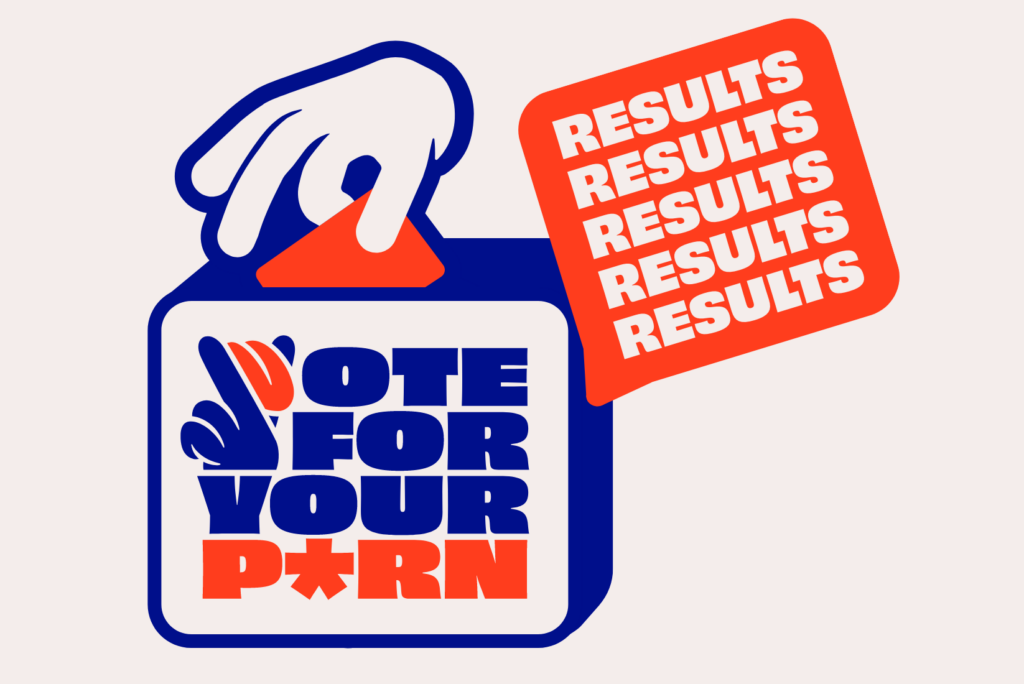Just the other day, a desperate young man was sitting at his kitchen table. He had just ended a budding relationship with a young woman. They had parted on a good note, in a very grown-up way, and had agreed that it just wasn’t right. After the discussion, the young woman, in an attempt to provide clarity, said that it had never really worked well in the bedroom. The young man raised his arms in despair—“But I just didn’t want to cause her any pain”.
This illustrates the diverse spectrum of sexual preferences among individuals, and which opposites can attract and converge within a relationship.
For the young woman, the pain was maybe something that allowed her to give up control and stay present. For the young man, it was simply strange.
In the 1980s, affect theory was developed, which roughly states that there are nine affects categorized into positive, negative and neutral domains. For example, pleasure and interest are positive, while fear, anger, disgust or shame are negative.
For a healthy life, the positive affects must outweigh the negative.
The unconscious perception of affects through the body often brings forth echoes of Freud’s theory of instincts again and again when one begins to deal with affects.
But there are also different theories about this topic. The term “affect” is wielded with distinct meanings across various humanities disciplines. Some argue that drive emerges from affect, while others contend it is the inverse—that drive begets affect. One thing is certain: We read and understand our world through affects which cannot be consciously controlled.
In the context of Porn Studies, the term becomes particularly intriguing as negative affects like fear or shame can unexpectedly transmute into sources of excitement and arousal.
So far, the interplay of affects and sexuality has mostly been discussed in a queer context. The insights that can follow extend beyond, offering valuable insights about likes and dislikes, both interpersonally and societally.
Pornography—a cultural artifact that emerges from and reflects societal undercurrents—acts as a mirror to our collective desires and values. It intricately weaves itself into the subtle fabric of society, portraying not merely what is desired but revealing the intricate structures that define a culture.
Pornography is subject to much scrutiny, since it reproduces—and thus manifests—images of power and stereotypes.
It’s true: porn does team up with racism, classicism and sexism. But you can take a different approach and see that porn only makes visible the “-isms” which are already present in a society. It’s kind of like the hen and the egg. Which one came first, in this case, is clear, as porn feeds on the reality of society and acts like a burning glass.
Everything can be erotic. It is of course relatively difficult to find out who likes what and even more difficult to find out why. Therefore, scientific surveys about who likes which things and why are hardly possible.
Examining the landscape of popular porn sites, particularly in Germany, sheds light on prevalent preferences. The top three most-clicked categories are “German”, “Deutsch” and “Mom”.
Pornography works with stereotypes, with images or perhaps even archetypes and representations of certain groups and sub-groups, rather than with complex, independent characters.
In its reliance on stereotypes, porn emerges as a revealing mirror reflecting societal norms, and the unspoken and occasionally uncomfortable aspects of collective identity.
The always-relevant wisdom is this: What is “allowed” is what you like within the parameters of that to which all involved parties have given their consent.
Ultimately, the young man and the young woman will soon find partners with whom they can live out their respective preferences in order to maximize the positive affects in their lives, regardless of societal norms or expectations.








